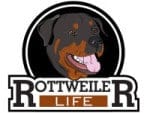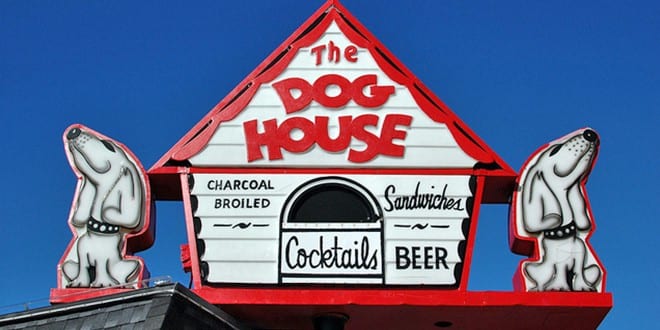Dog House Building And Buying Guide
Dog owners have to consider several factors when buying or building a house for their pets. As a true member of your own family, providing your pet with the best home possible is of the utmost importance.
i. Size
A German Shepherd, Golden Retriever, Rottweiler and other large dogs should have large houses, while the Chihuahua and smaller breeds will need smaller houses. The door of the house does not need to be based on the height of the dog from the ground to the top of its head, or even taller, as it will lower its head to be able to enter the house. The width of the door should be just enough to accommodate the dog. These height and width measurements can be adjusted if there is a physical requirement to do so. The house should also be large enough for the dog to stand at full height inside, move around and lie down. Owners should remember that a larger-than-needed home will compromise the dog’s retention of body heat during the winter or colder months.
ii. Weather Conditions
Some dog houses are made with hinged roofs, a feature that allows owners to raise the roof during hot and humid weather. This flexibility provides adequate air flow to flush out warm air and allow fresh or cool air to enter. In some cases, these roofs can also be lowered, creating a smaller space for the dog and enhancing its ability to retain heat during rainy or cold weather. Asphalt shingles should be used only if there is an adequate insulation barrier separating the roof from the main area of the house. Many house models also come with slanted roofs, ensuring that water drains away during rainy days. Owners should avoid building or buying houses with barn-type or peak-style roofs, as these would attract hornets, wasps and other insects and prevent heat retention. Another option is wind walls, which can be inserted into the dog house to break the wind and keep the house warmer. The house should also be a reasonable distance off the ground to keep it dry. For owners with bigger budgets, some house manufacturers offer provisions for heaters and air-conditioners. These climate control systems help ensure comfort for the dog regardless of weather conditions.
iii. Doors
The front door of the dog house should be located to one side instead of in the middle. This will prevent the dog from being directly exposed to extreme weather conditions and other harsh environmental elements. Some models are designed with removable doors, or with no doors at all. Using a door will help keep the dog house warmer during cold months. An awning type cover can also be used over the opening for added shade and protection.
iv. Easy To Clean And Maintain
– Removable or adjustable roofs
– Doors, partitions
– Wind walls
– Flexibility in cleaning
– Restrict use of paint, stains, or water sealers for the outside of the house
v. Use Wood
Plastic and metal houses are not a good idea, as they are either too hot during summertime or too cold during the winter. Some market experts say that houses made from natural western red cedar wood offer the best insulation for dogs during winter while making them cooler during summer. Red cedar wood oils are also natural repellants of ticks, fleas and termites. Houses made from this material are also maintenance-free on the outside, although owners have a choice of finishing it to complement their property. Sprinkling red cedar wood chips or shavings in the bedding also helps prevent infestation. Owners should also remember that wooden roofs help cut down heat build-up from the sun while helping to maintain reasonable heat retention levels.
vi. Keep The Dog House Elevated
For legless houses, the owner must remember that having it directly on the ground increases the likelihood that the pet would be exposed to cold and wet weather. This also raises the possibility of infestation from flea eggs that hatch in the soil. The owner can use bricks, rocks or stones arranged in a level and stable manner to elevate the house. The elevation will allow air to flow beneath the house and prevent moisture from forming at the bottom.



